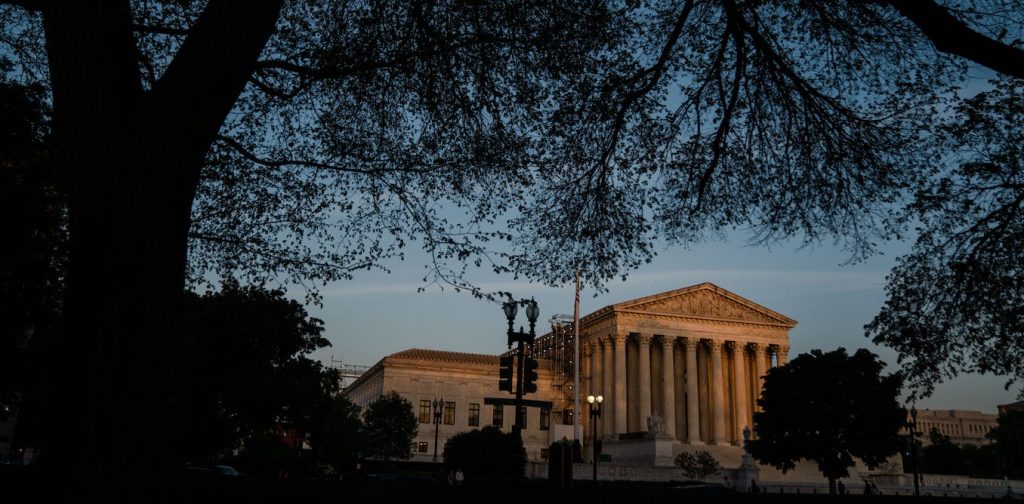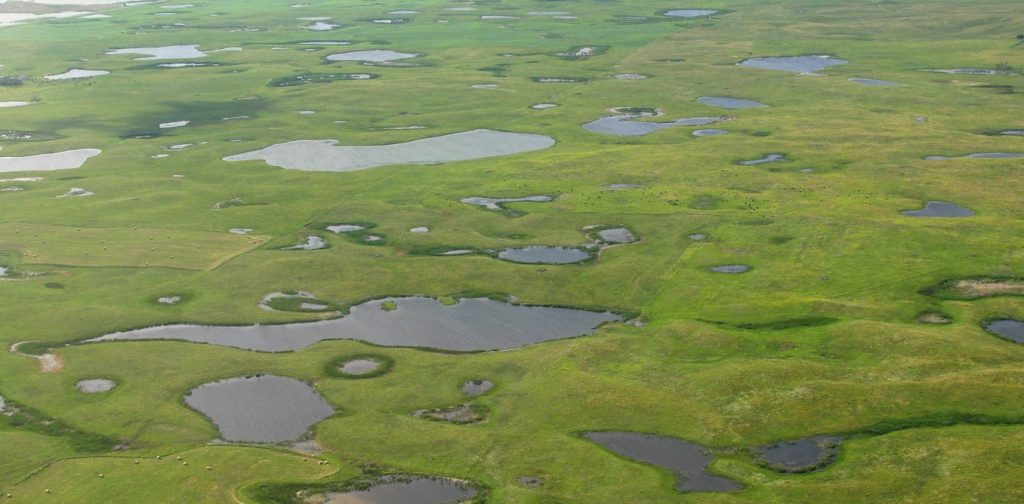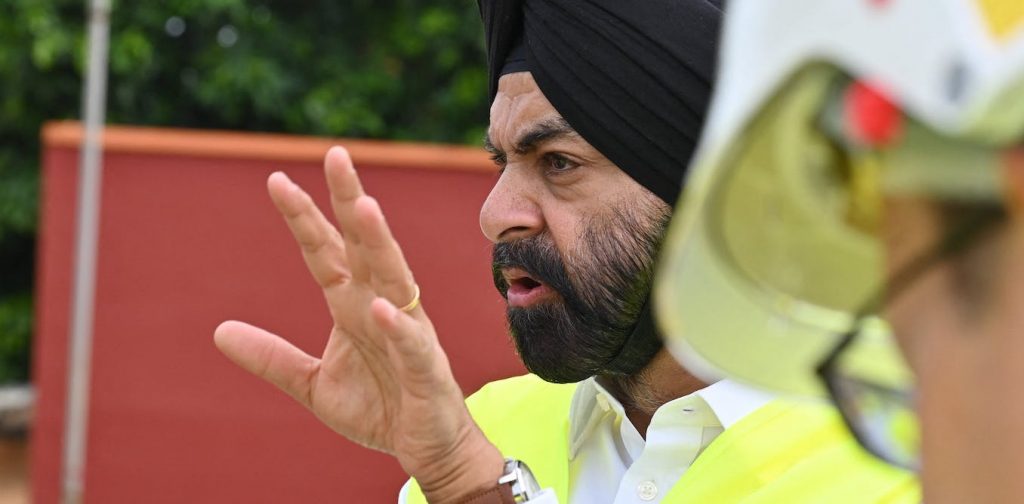Governments and environmental groups are turning to international courts to address the impacts of climate change — podcast

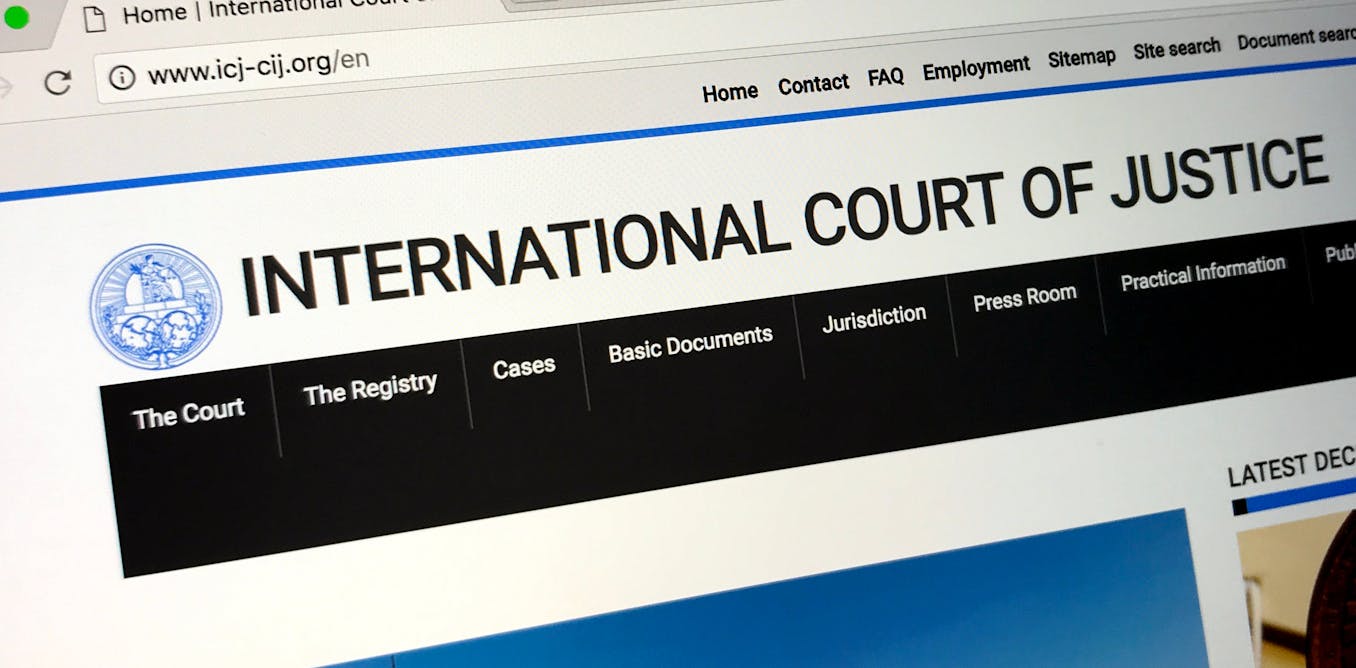
This year, the United Nations International Court of Justice (ICJ) — the world’s highest court — is hearing its first argument about climate commitments.
In an effort to make sure countries and corporations follow existing laws and agreements relating to climate change and environmental protection, groups have started pushing for legal action at the international scale.
Research shows that the current climate agreements won’t stave off the worst harms of climate change — and many countries are failing to meet their own commitments.
A number of activist groups, mostly from developing nations already facing the realities of a changing climate, are taking a new legal approach to climate action. They are arguing that climate change cases are human rights cases and in doing so are wading into unprecedented legal waters.
In this episode of The Conversation Weekly, we speak with three scholars about current legal cases tying climate change and human rights together, what these cases might mean for the climate movement and how human rights law can produce real change on the ground.
Cases of interest
There are two particularly interesting legal cases working their way through international channels right now. The first has to do a with dam being built in the remote and environmentally important region of Patagonia in southern Argentina.
“The dam was funded by big funding agencies in China as part of the Belt and Road initiative,” explains Niak Koh, a researcher at the University of Sweden who studies sustainability science and governance. “An environmental organization found out that the environmental impact assessment for the dam wasn’t done in a very clear way.”
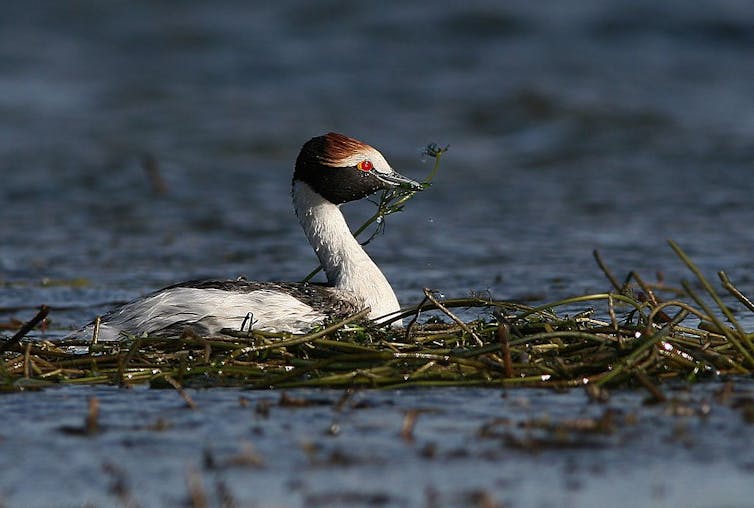 The hooded grebe is a critically endangered bird species whose existence is further threatened by a proposed dam in Patagonia, Argentina. (Juan María Raggio/Birdlife International Argentina), CC BY
The hooded grebe is a critically endangered bird species whose existence is further threatened by a proposed dam in Patagonia, Argentina. (Juan María Raggio/Birdlife International Argentina), CC BY
There is also a group of Indigenous people, called the Mapuche, who live near where the dam is being built. Working with the environmental group, together “they realized that China was having its human rights record reviewed that year. So, they brought this particular case to the UN’s human rights Universal Periodic Review to show that China wasn’t upholding its human rights obligations in this project,” Koh added.
This is a peer-review process where countries can essentially call out other governments for abusing human rights. While there isn’t a mechanism for enforcement, the potential political fallout from a negative review might provide an incentive for governments to act.
The second case has been brought to the ICJ by Vanuatu and a group of other Pacific Island nations — they are asking the court to advise on whether nations have an obligation to prevent climate change.
Zoe Nay is a PhD candidate at the Melbourne Law School and a research fellow with the Melbourne Climate Futures Research Center at the University of Melbourne. Her research looks at rising sea levels and climate change law.
“In 2019, you had the Pacific Islands Youth Fighting Climate Change. They formed a coalition, it was all law students all across the Pacific,” Nay said. “They brought a campaign to the Vanuatu government seeking to reinvigorate this effort to have an advisory opinion from the International Court of Justice. And that’s where this whole campaign really started off.”
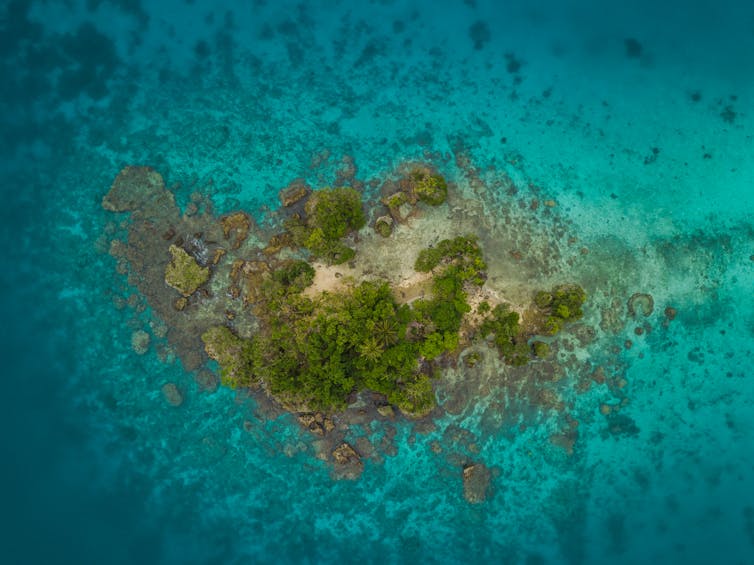 Climate change is causing rising sea levels in Vanuatu and other Pacific Islands nations that threaten these states’ existence. (Shutterstock)
Climate change is causing rising sea levels in Vanuatu and other Pacific Islands nations that threaten these states’ existence. (Shutterstock)
Setting precedents
The ICJ has addressed various environmental issues in the past, but this is the first time the global problem of climate change has come before the Court.
These cases will set precedents for future legal actions as governments, environmental groups and other businesses and organizations consider any rulings and their impacts. And it’s hard to predict what these rulings will come to mean, as enforcement will be extremely difficult to enact.
Jackie Smith, a sociologist at the University of Pittsburgh, offered a different take.
“Any enforcement requires power,” Smith points out. “That’s what movements are doing. First you have to be able to monitor performance and have access to the information that you need to monitor governments and other powerful actors.”
But there are reasons to remain optimistic — Smith went on to explain that “if you want to see a law enforced, you need to make sure that you’re attending hearings and following through the executive branch to see what’s going on.”
This episode was written and produced by Katie Flood. Mend Mariwany is the executive producer of The Conversation Weekly. Eloise Stevens does our sound design, and our theme music is by Neeta Sarl.
You can find us on Twitter @TC_Audio, on Instagram at theconversationdotcom or via email. You can also subscribe to The Conversation’s free daily email here.
Listen to The Conversation Weekly via any of the apps listed above, download it directly via our RSS feed or find out how else to listen here.

